On June 20, Gia Dinh General Hospital (HCMC) announced that it had successfully treated a Thai patient at high risk of death.
Accordingly, Mr. MT (64 years old, Thai nationality) was hospitalized with severe abdominal pain and bloating, high fever, and signs of impaired consciousness.
Doctors noted widespread abdominal infection, severe electrolyte disturbances, previously undiagnosed type 2 diabetes, and a history of hypertension.
Through examination and imaging results, the doctor discovered that the patient's gallbladder was abnormally enlarged, had stones, a thick wall, and pus around the gallbladder spread into the abdominal cavity.
Laparoscopic surgery team for the patient
This is a typical sign of necrotizing cholecystitis, a complication of gallbladder perforation causing peritonitis. Without timely intervention, the patient may fall into septic shock and risk of death.
After consultation, the medical team decided to perform emergency laparoscopic surgery that same night. During the surgery, it was found that the gallbladder was almost completely necrotic, stuck to surrounding organs, making it difficult to separate and stop the bleeding.
In addition, due to hemodynamic instability, doctors were forced to reduce the abdominal inflation pressure to a lower level than normal to avoid circulatory impairment.
After the successful surgery, the patient continued to receive intensive care with strong antibiotics, closely monitored vital signs, electrolyte adjustment and blood sugar control. After 5 days, the patient was discharged from the hospital.
According to Dr. Doan Hoang Chau, Gia Dinh General Hospital, in the treatment of acute biliary tract diseases, especially necrotizing cholecystitis, the decisive factor is correct diagnosis, timely intervention and good control of the general condition.
The mortality rate of biliary peritonitis after gallbladder perforation is 9.5% - 16%, and can be up to 30% in cases of severe necrosis. MT patients are in a high-risk group because of late hospitalization and many comorbidities.
Doctors recommend that people should have regular health check-ups, especially if they are in high-risk groups such as: women over 40 years old, overweight, obese people, and those with underlying diseases such as diabetes, high blood pressure, and lipid disorders.
Be alert to symptoms of dull or severe pain in the right hypochondrium, fever, nausea or vomiting, mild jaundice - these may be early signs of gallbladder disease. When these signs appear, you need to go to a medical facility early for timely diagnosis and treatment.
Maintaining a low-fat, high-fiber diet, drinking enough water and exercising regularly helps reduce the risk of gallstones.
GIAO LINH
Source: https://www.sggp.org.vn/cuu-song-benh-nhan-thai-lan-nguy-kich-vi-thung-tui-mat-post800219.html


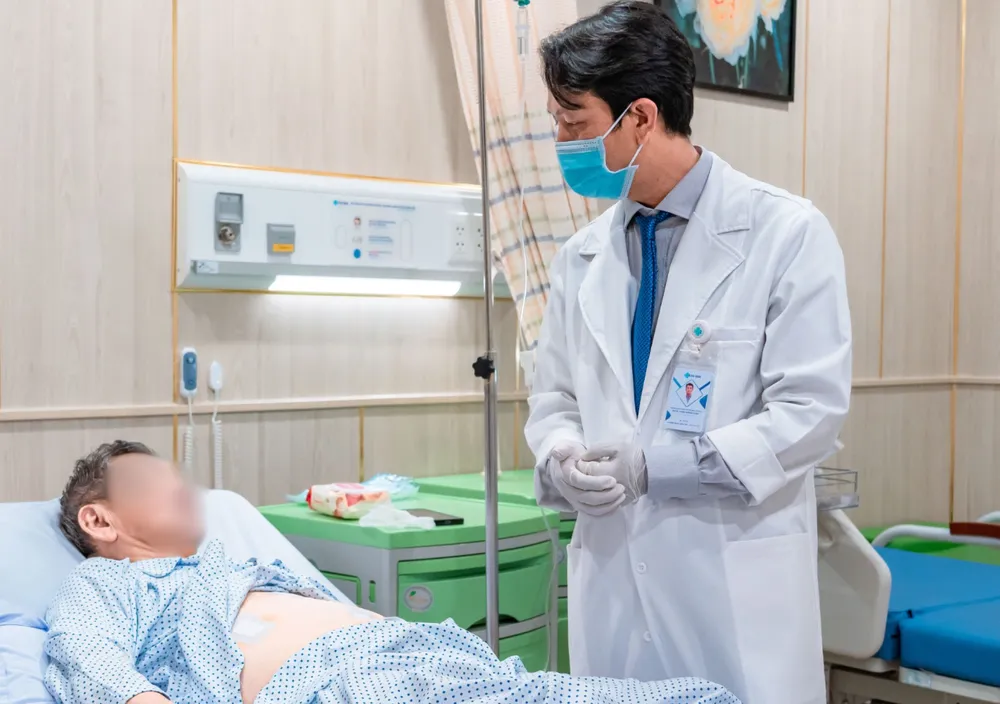
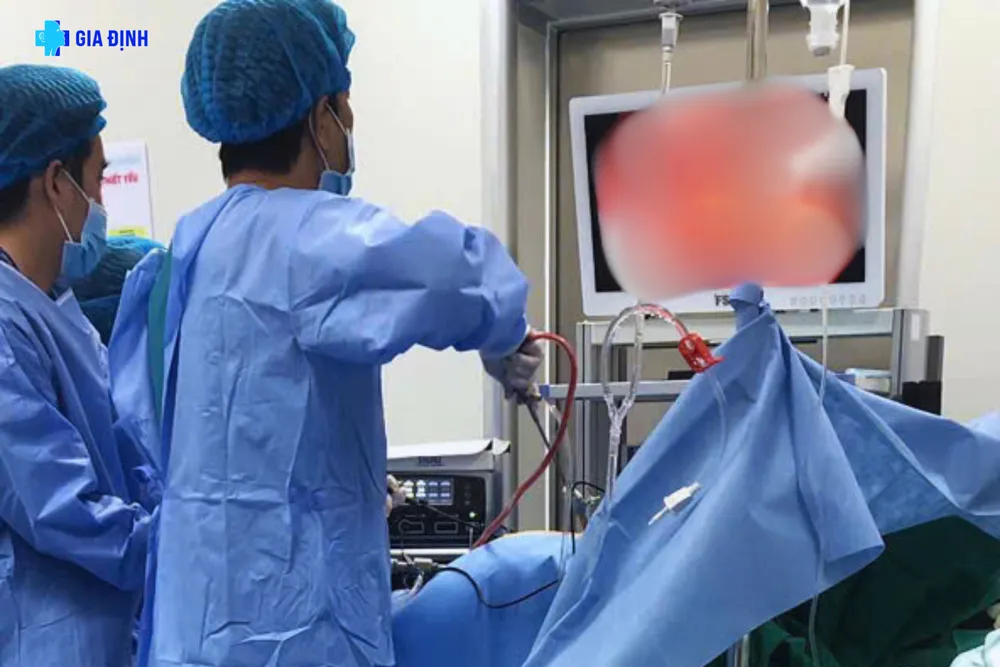










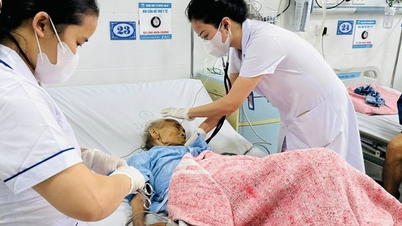







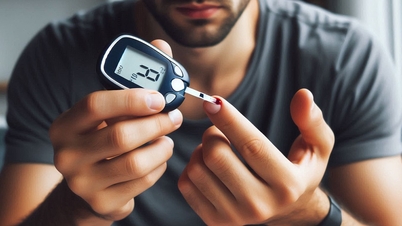

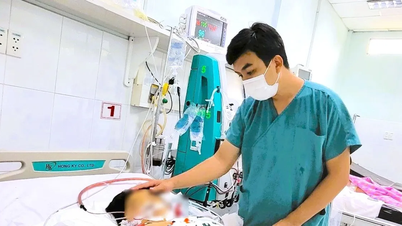

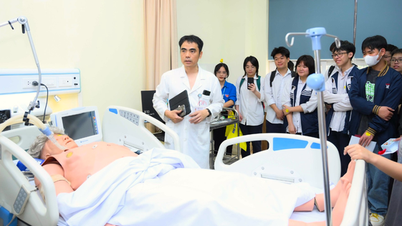




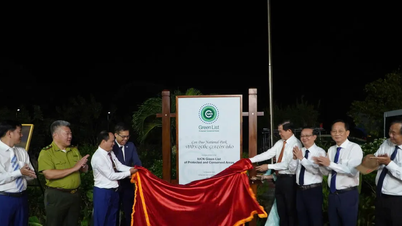




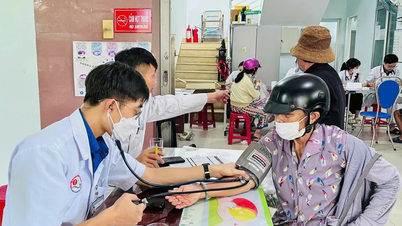






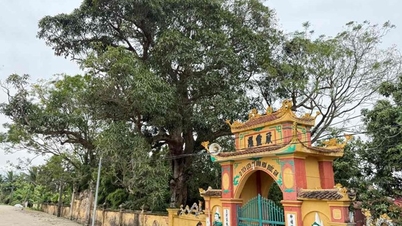























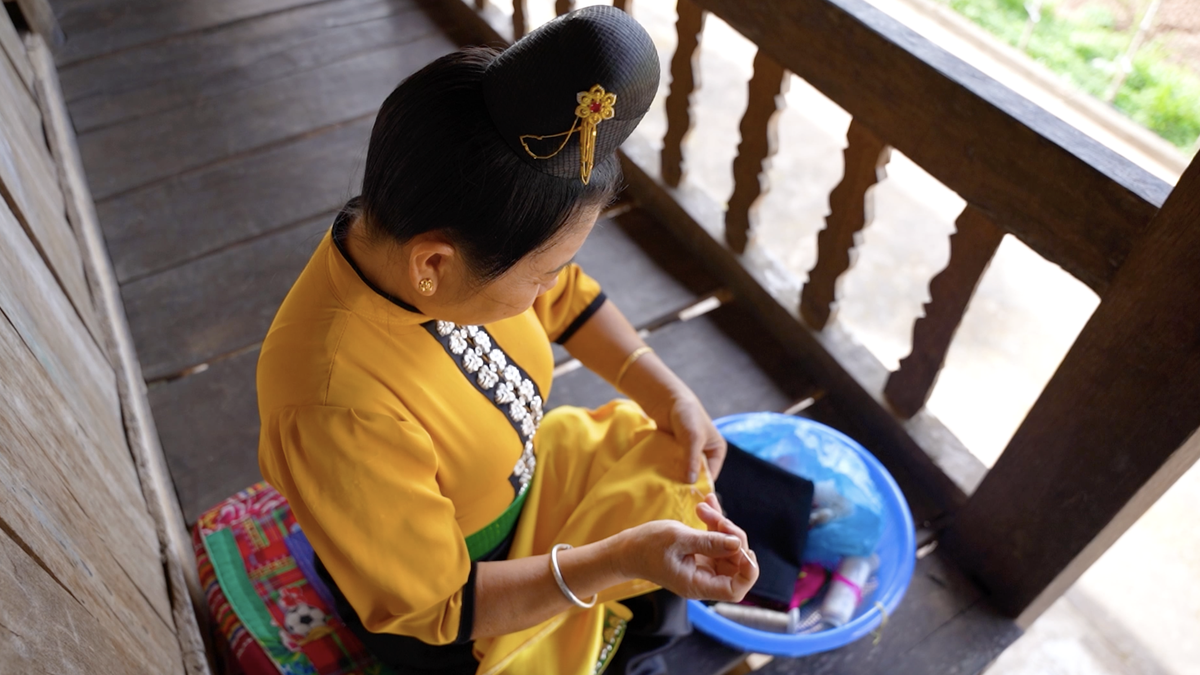





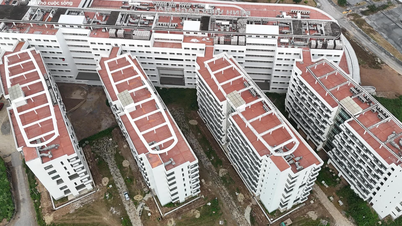

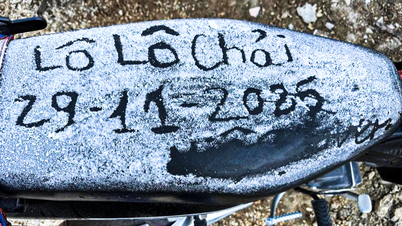




































Comment (0)